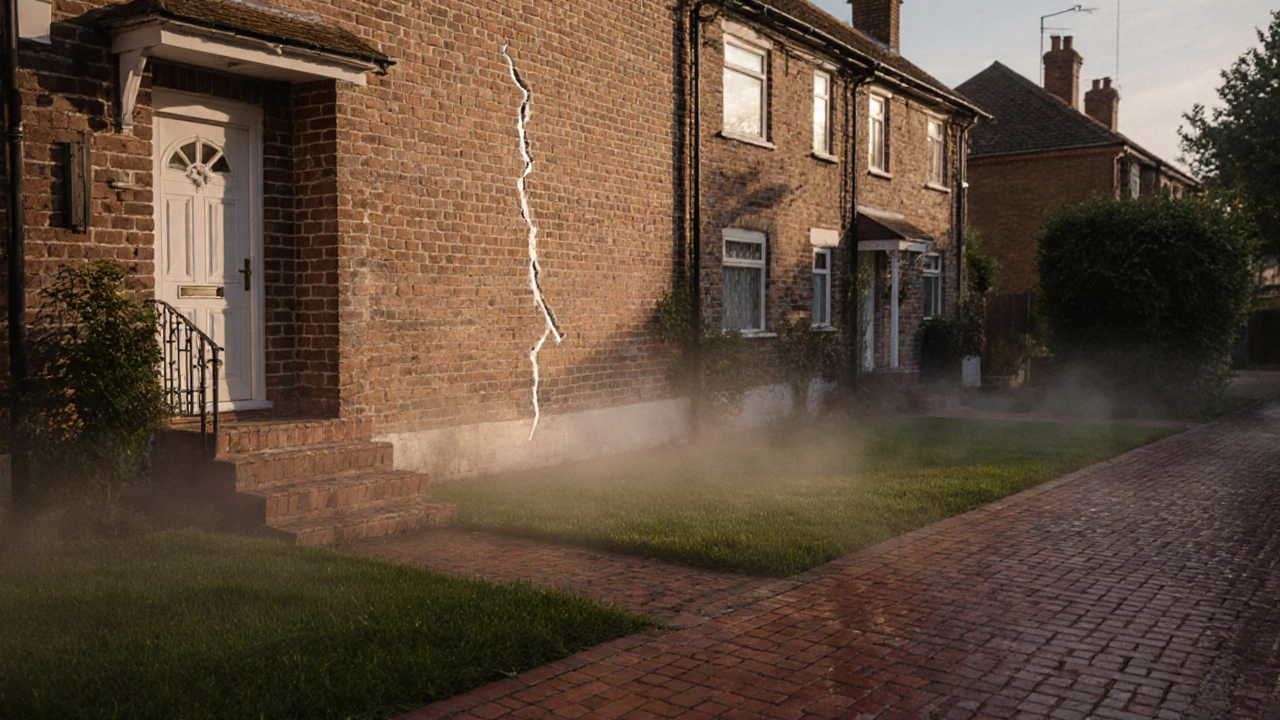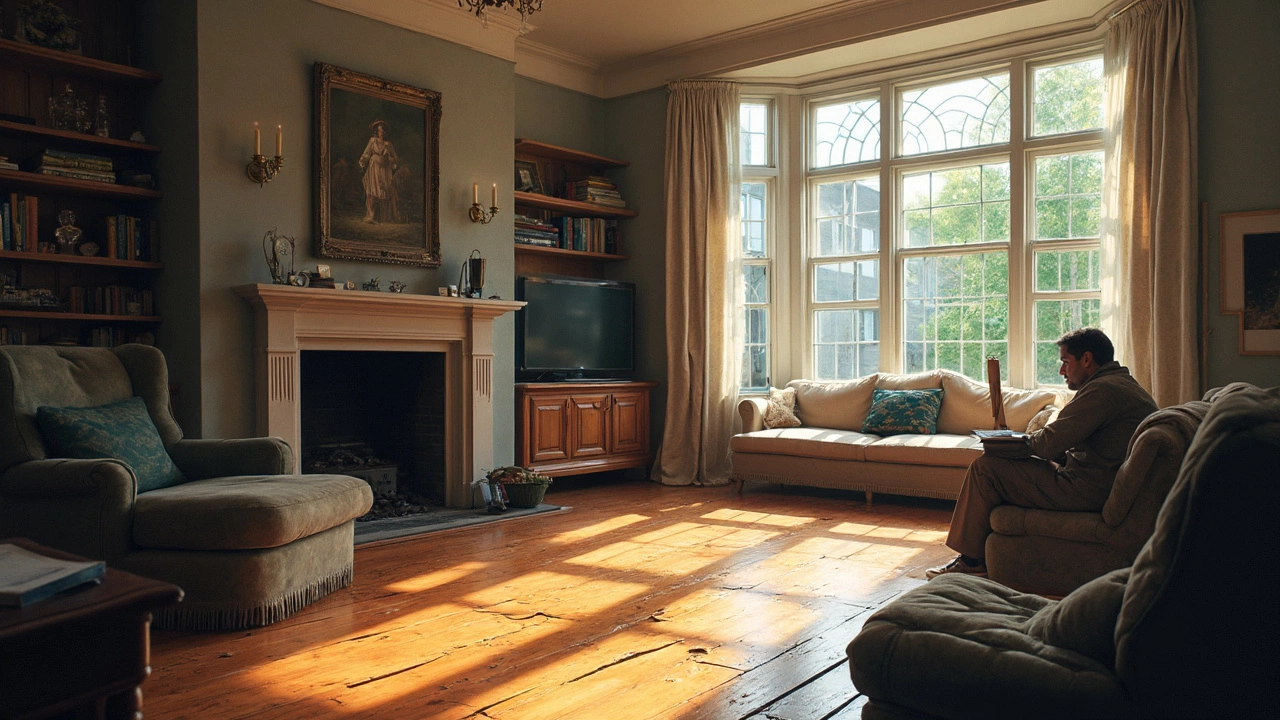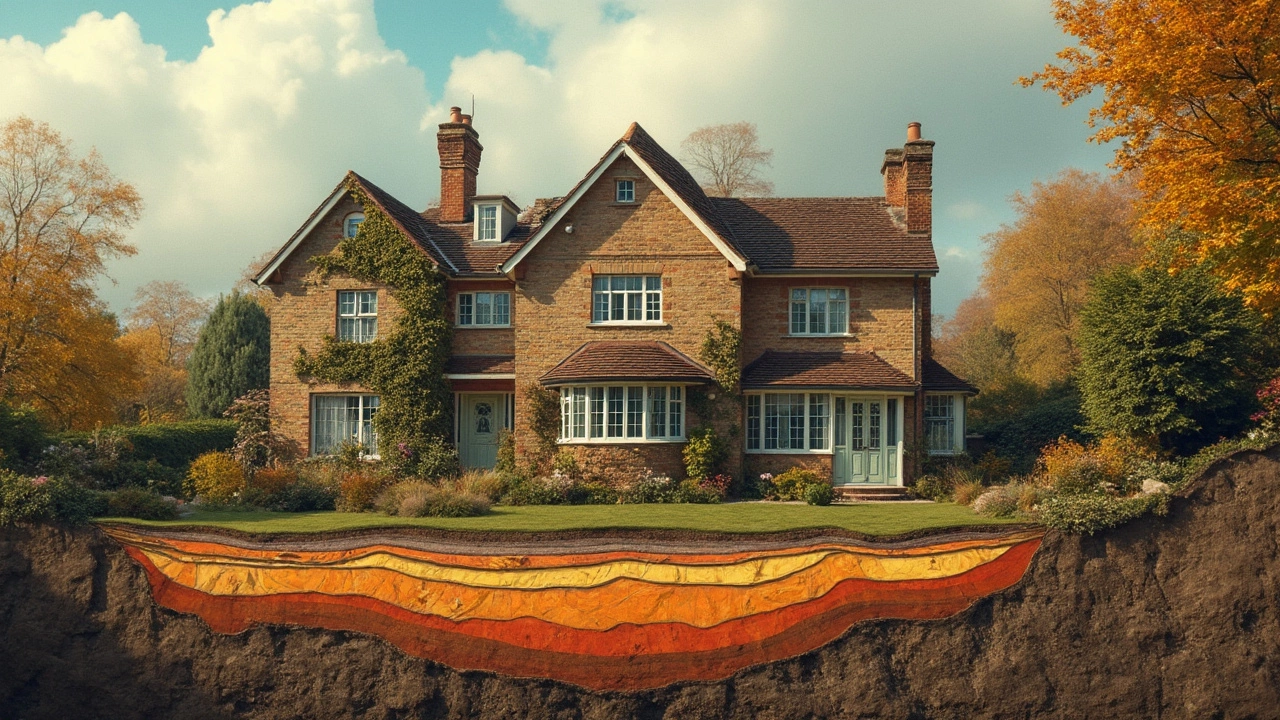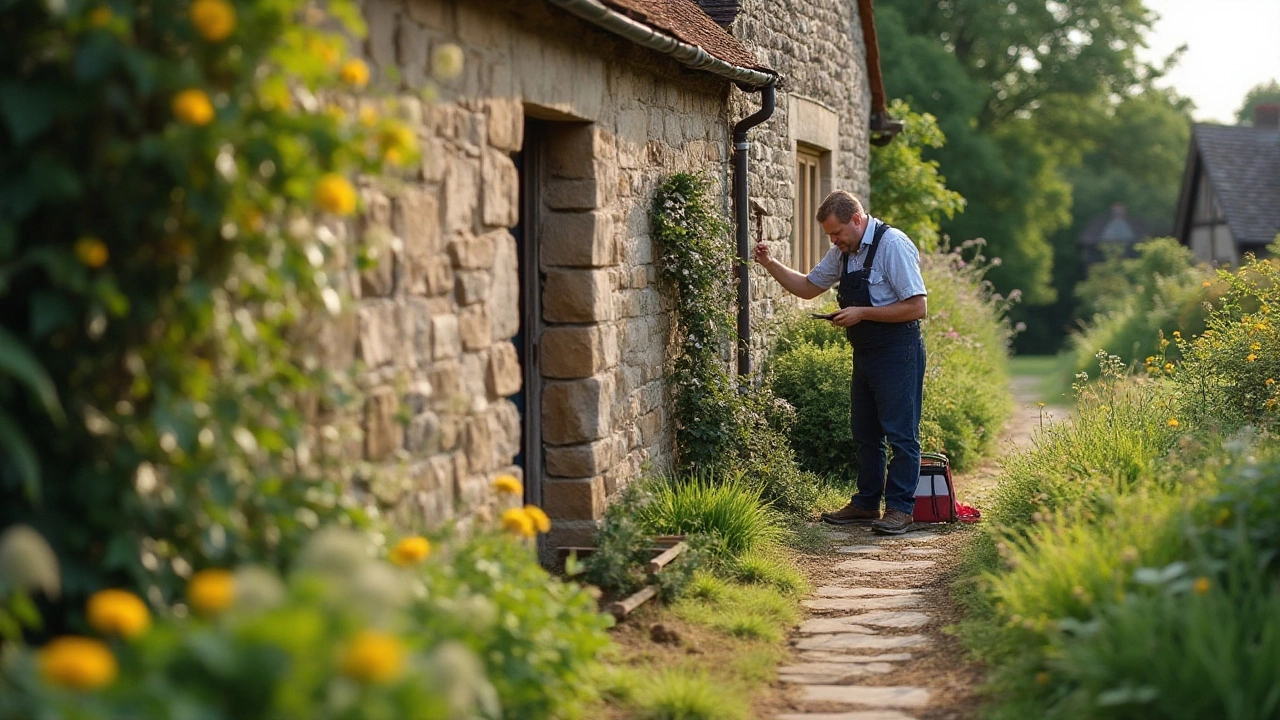Home Foundation Guide: Spot Issues, Fix Them, and Keep Costs Low
Your house sits on a foundation, but most people only think about it when something goes wrong. A cracked wall, a sloping floor, or a strange door that sticks can all be signs that the foundation is sending out a warning. In this guide we’ll walk through the most common foundation problems, how to tell if they need a professional, and what you can expect to pay.
What Should You Look For?
First, keep an eye on the basics. Look at interior walls for vertical cracks that run from floor to ceiling – those often mean the house is shifting. Horizontal cracks in basement walls are trickier; they can signal pressure from soil and usually need a structural engineer’s eye.
Next, check doors and windows. If they start sticking or won’t close properly, the frame might be moving. Uneven floors are another red flag – a simple level can reveal a dip of just a few millimetres, which is enough to cause long‑term damage.
When to Call a Pro
If you see any of the issues above, it’s time to call a foundation specialist. They’ll do a quick visual inspection and may use a laser level or soil testing to pinpoint the cause. Don’t try to fix a big crack with DIY cement; wrong repairs can make the problem worse and cost you more later.
Most firms will give you a written report that outlines the cause (like soil settlement, water damage, or poor original construction) and a clear plan of action. Typical solutions include:
- Underpinning: Adding concrete supports under the existing footings.
- Helical piers: Screw‑in steel rods that reach stable soil.
- Grouting: Injecting a cement mix into cracks to seal them.
- Drainage fixes: Installing French drains or repairing broken pipes that let water sit against the foundation.
Each method has a different price tag, so you’ll want a few quotes before deciding.
Most homeowners wonder about cost. A simple crack repair can start at £250, while underpinning a whole house can run from £7,000 to £15,000 depending on size and soil conditions. The biggest expenses usually come from extensive water damage or the need for deep‑pier foundations.
Insurance often won’t cover foundation work unless it’s caused by a sudden event like a burst pipe. Regular maintenance – keeping gutters clean, ensuring proper grading away from the house, and fixing leaks quickly – can save you from needing a claim.
Finally, think long term. A solid foundation protects your home’s value and prevents costly repairs down the line. Investing in a professional inspection every 5‑7 years, especially after heavy rain or ground movement, is a smart move.
Bottom line: Look for cracks, watch doors, check floors, and don’t ignore drainage issues. When in doubt, call a specialist, get a clear plan, and budget for the right solution. Your home will thank you with steadier floors and a longer lifespan.

Are Foundation Repairs Worth It? Real Costs, Risks, and Returns in 2025
Dec 1, 2025, Posted by Damon Blackwood
Foundation repairs aren't cheap, but ignoring them costs far more. Learn the real costs, when to act, and how to avoid costly mistakes in New Zealand in 2025.
MORE
Spotting Foundation Issues: How to Tell If Your Home Has Structural Problems
Sep 29, 2025, Posted by Damon Blackwood
Learn how to spot foundation issues early with clear signs, DIY tests, common causes, repair options, and prevention tips for homeowners.
MORE
Are Sagging Floors Covered by Insurance?
Feb 28, 2025, Posted by Damon Blackwood
Sagging floors can be a homeowner's nightmare, but the big question is whether insurance covers the cost of fixing them. We explore the ins and outs of insurance policies, what they typically cover, and how to increase your chances of making a successful claim. Understanding the causes of sagging floors is crucial for knowing when to reach out for professional help. We'll also share some proactive tips on maintenance to possibly avoid future headaches.
MORE
Can a House Still Settle After 20 Years? Uncovering the Truth
Feb 21, 2025, Posted by Damon Blackwood
Many homeowners might think their house is immune to settling after two decades, but surprise might be lurking beneath the surface. This article explores whether homes can continue to settle after twenty years, revealing the factors that influence this process and offering practical tips to manage and prevent potential issues. Understanding the ins and outs of home settling can save you from unforeseen headaches. Whether you're living in a new build or an old classic, staying informed is key.
MORE
Best Methods to Repair Foundation Cracks: Inside or Outside?
Jan 29, 2025, Posted by Damon Blackwood
Foundation cracks can pose significant risks to your home's stability. Deciding between repairing these cracks from the inside or outside is crucial for effective and long-lasting protection. This article delves into both methods, examining their pros and cons, and provides insights on the best approach depending on various factors like crack size and location. Learn tips on how to identify foundation issues early and maintain your home's foundational integrity.
MORE
Understanding Why Foundation Repairs Aren't Covered by Insurance
Nov 8, 2024, Posted by Damon Blackwood
Most homeowners assume their insurance covers all structural issues, including foundation repairs. However, these repairs often aren't included, leaving many confused. This article delves into why foundation repairs typically don't fall under standard home insurance policies, explores common causes of foundation issues, and offers tips on how homeowners can protect their investments.
MORESEARCH HERE
Categories
TAGS
- foundation repair
- construction
- commercial construction
- new builds
- home improvement
- home renovation
- bathroom renovation
- construction materials
- home foundation
- renovation tips
- residential construction
- building types
- contractor
- foundation cracks
- home construction
- architectural services
- construction differences
- home inspection
- kitchen installation
- real estate